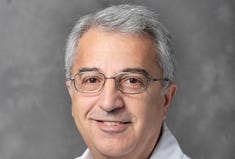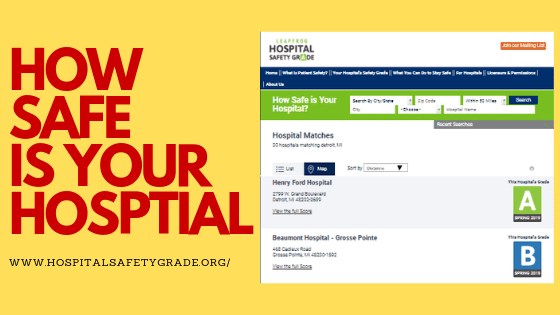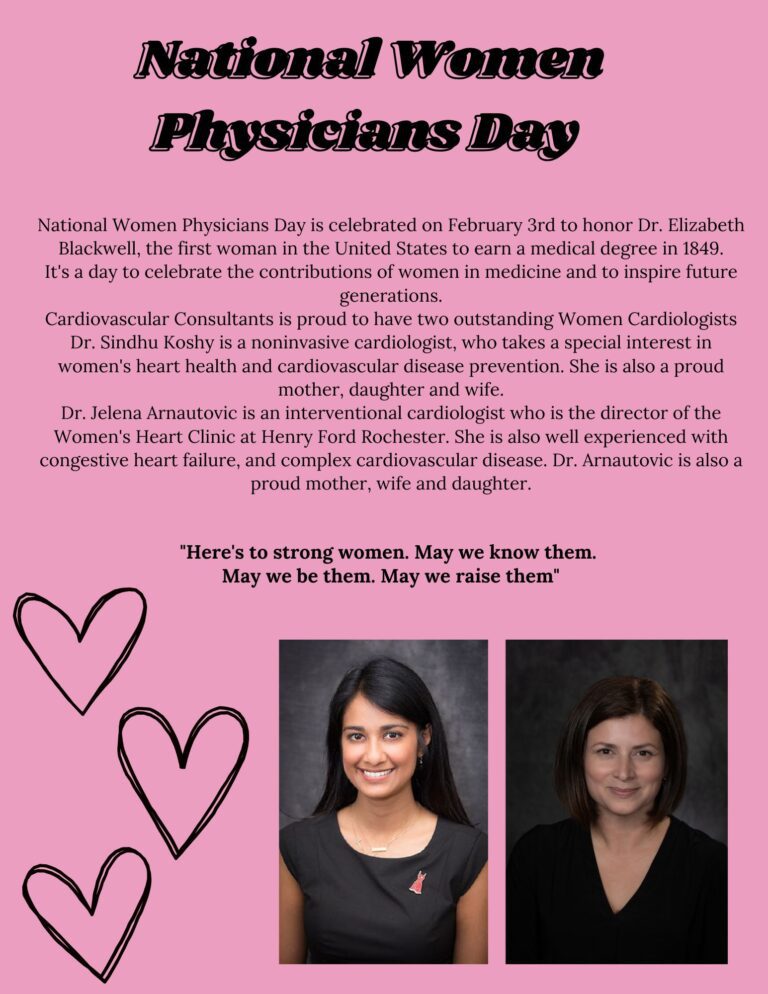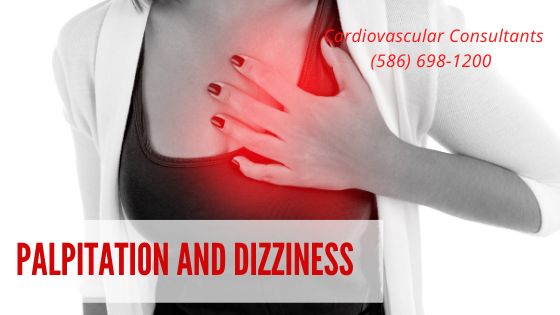Who is at risk for silent heart attack –– an expert weighs in.
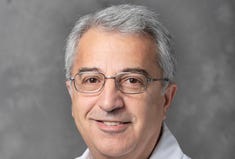
Article in “The Detroit News”
When people think of a heart attack, they often think about pounding chest pain and an inability to breathe — the result of insufficient blood flow to the heart muscle that characterizes a heart attack. But up to 20% of heart attacks are so subtle they go unnoticed. Most likely, all of these people had signs of heart disease, but the symptoms weren’t significant enough to prompt them to get checked out by a physician.
Stress, alcohol, diet and nutrition are common contributors to heart disease, along with other factors. Factors include:
Factors you can’t change
Increasing age. The risk of a heart attack increases with age.
Gender. Men are more likely to have visible heart attacks, but women are more likely to have silent heart attacks.
Genetics: People who have a family history of heart disease are at increased risk of heart attack. Blacks, Mexican Americans, Native Americans, native Hawaiians and some Asian Americans are also at increased risk of heart disease and heart attacks.
Factors you can change
Smoking. Cigarette smoking not only increases your heartbeat (it’s a stimulant), but it also dramatically increases your risk of heart attack.
High cholesterol. Elevated cholesterol levels can restrict blood flow through the arteries and damage blood vessels. The end result: Your heart beats faster than normal.
High blood pressure. Having high blood pressure overtaxes the heart muscle. Over time, the pressure builds, causing the heart muscle to stiffen, thicken and perform less optimally.
Bodyweight. People who are overweight or obese, especially when their weight tends to sit at the waist, are more likely to develop heart disease.
Diabetes. Roughly 70% of people with diabetes over age 65 die of heart disease and related complications. Diabetes also increases your risk of silent heart attack symptoms such as fatigue and shortness of breath.
Physical inactivity. Regular, moderate-to-vigorous exercise helps keep other risk factors in check, including cholesterol, blood pressure, diabetes and obesity.
Those who are most vulnerable to silent heart attacks fall into one of three categories: women, diabetics and the elderly. People in these groups tend to suffer from subtle signs that their heart is deprived of blood and oxygen. Signs include mild chest discomfort, jaw pain, indigestion, nausea, toothache, fatigue and a tightness or achiness that comes and goes.
When it comes to preventing a heart attack — silent or otherwise — getting a baseline evaluation is key. If you have multiple risk factors for heart disease, you should see a heart specialist when you’re in your 40s. Even without heart disease risk factors, every adult should get a baseline evaluation when they turn 50.
ABOUT THE EXPERT
Dr. Samer Kazziha is an interventional cardiologist and the Cardiovascular Chief at Henry Ford Macomb Hospital. Members of the editorial and news staff of the USA TODAY Network were not involved in the creation of this content.


